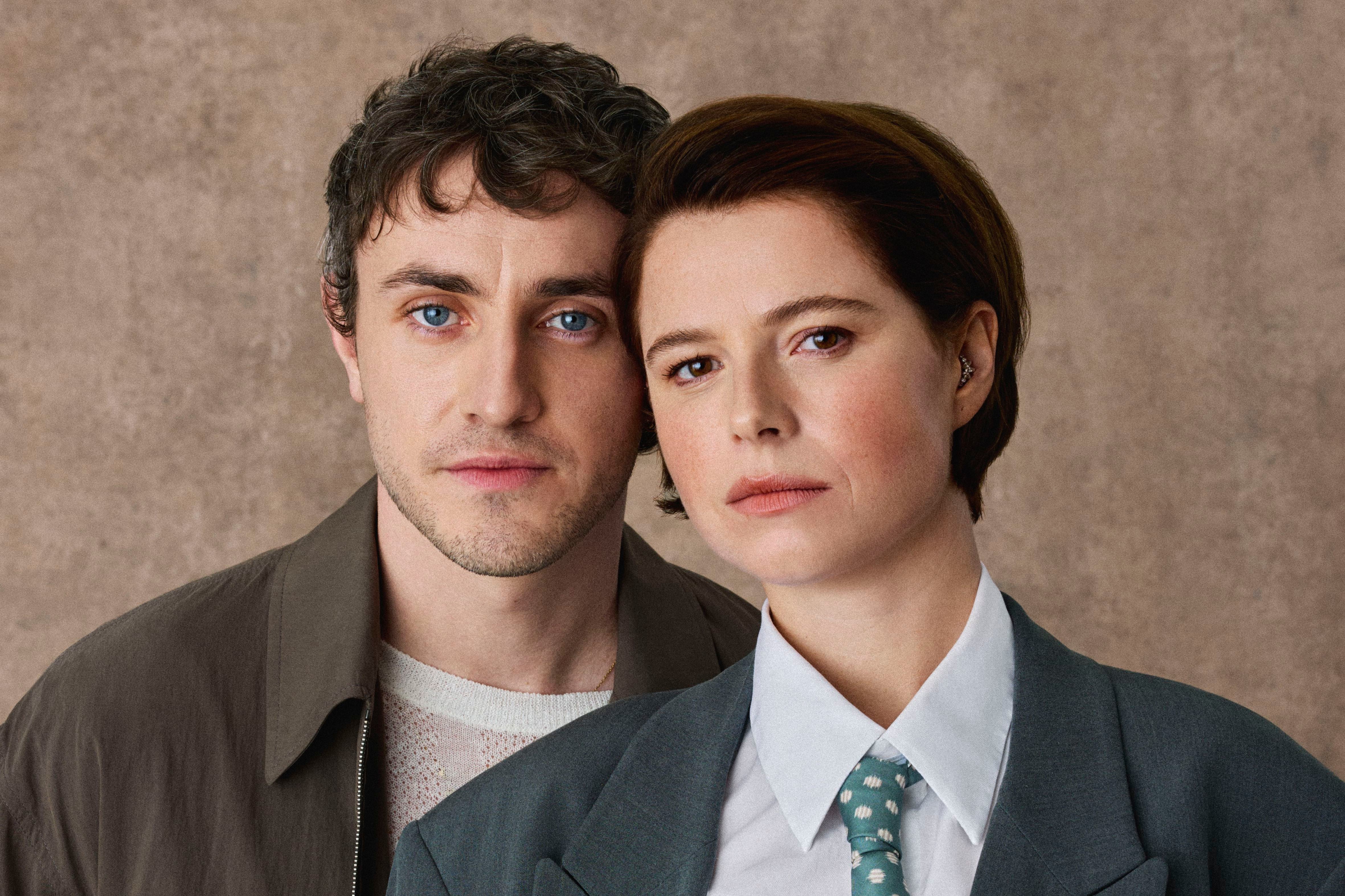What happens to Sharon Curley in The Snapper? It seems remarkable we still have to ask the question. But with the 30th anniversary of the film version of Roddy Doyle’s novel approaching, an article in another newspaper last week described the event which leads to Sharon’s pregnancy as an “ill-fated dalliance” and “a drunken tryst on a car bonnet”.
It’s hard to understand why it should be necessary to point out any more that semiconscious Sharon (Tina Kellegher), is raped by Georgie Burgess (Pat Laffan) in a pub car park, but the ambiguity has been around for a long time. “We didn’t talk about it then,” Kellegher told a 2021 documentary. “I think people hated him [the character] for it, but maybe they didn’t know why. They knew it was wrong but maybe they couldn’t articulate what was wrong about it.”
The film is arguably more ambiguous than the book, although Doyle himself has acknowledged that he would have written both differently if he knew then what he knows now.
“So much has changed since 1986, when I started writing The Snapper,” he told an interviewer two years ago. “The legislation on rape is clearer today. As the writer [if I wrote it today], I’d make sure that the sex was consensual, that it wasn’t open to doubt. The novel is about a woman taking ownership of her own story; that wouldn’t change.”
READ MORE
Other judgments have been harsher.
“The Snapper effaces the horror of Sharon’s violation at the same time as it minimises the impact of her pregnancy on her society,” wrote Mary McGlynn in 2005. “Rather than frankness or unsentimentality, The Snapper thus constructs a world in which the truth is buried or eradicated. Rather than a heartwarming tale of a gutsy working-class family, Doyle’s story raises uncomfortable questions about public and private space in contemporary Irish society.”
In the minds of Doyle and director Stephen Frears, The Snapper would be a rougher, truer version of Northside Dublin than Alan Parker had delivered in The Commitments
This seems unfair. It would be more accurate to say that both book and film unwittingly offer an insight into how unconscious misogyny and ambiguity about sexual violence have been deeply embedded in Irish society, including among those who consider themselves progressive on those issues.
A few months before The Snapper was first broadcast, in an overview of Doyle’s books in The Irish Times, Nuala O’Faolain wrote that Sharon “was drunk in the car park (…) when Mister Burgess more-or-less raped her. Not that she says that to anyone or even to herself.”
There’s a lot going on in those two sentences, particularly that ”more-or-less”.
Landmark film
Where does that leave the film, which remains a landmark in the history of Ireland on screen? After the relative glamour of The Commitments, with its American financing, Hollywood-based director and showstopping tunes, The Snapper was The Little Film That Could, not even regarded as a film initially, but a one-off made-for-TV BBC drama. Positive critical and audience reaction propelled it first to the festival circuit then and then onwards to an international cinema release and a Golden Globe nomination for Colm Meaney’s performance as Sharon’s da.
For this viewer anyway, there’s a queasiness now about the film. The ebullient tone, and the running gag about the pathetic and peripheral ‘f**kin’ eejit’ Burgess, all feel off
In the minds of Doyle and director Stephen Frears, The Snapper would be a rougher, truer version of Northside Dublin than Alan Parker had delivered in The Commitments. There’d be no clerics to cluck their disapproval of Sharon’s unexpected pregnancy. Sharon’s decision to keep her baby would be a cause for celebration, not punishment.
But, for this viewer anyway, there’s a queasiness now about the film. The ebullient tone, and the running gag about the pathetic and peripheral “f**kin’ eejit” Burgess, all feel off. So does the relationship at the story’s centre between Sharon and her father, whose proprietorial involvement in the most intimate details of her pregnancy now looks intrusive. If he and Burgess originally represented opposite poles of what masculinity could be, those have shifted uncomfortably towards each other over the years.
“I think to throw The Snapper on to the fire would be a grave mistake, and I’m not saying that because I wrote it,” says Doyle, quite rightly (although I haven’t seen anyone demanding such a thing). In her 1992 piece, written when the three Barrytown books (The Commitments, The Snapper and The Van) were the sum total of Doyle’s published work, O’Faolain astutely observed that “it is striking how much Doyle has developed. He is not someone who discovered a single talent – for the wit of the streets – and can only keep trotting it out. His canvas has become wider and darker as he went on working it.” That judgment proved prescient in the years that followed.
But The Snapper remains, therefore, in all its uncomfortable, rambunctious glory, asking a pointed question for anyone old enough to have been an adult at the time it was made: what exactly were we all thinking?

















